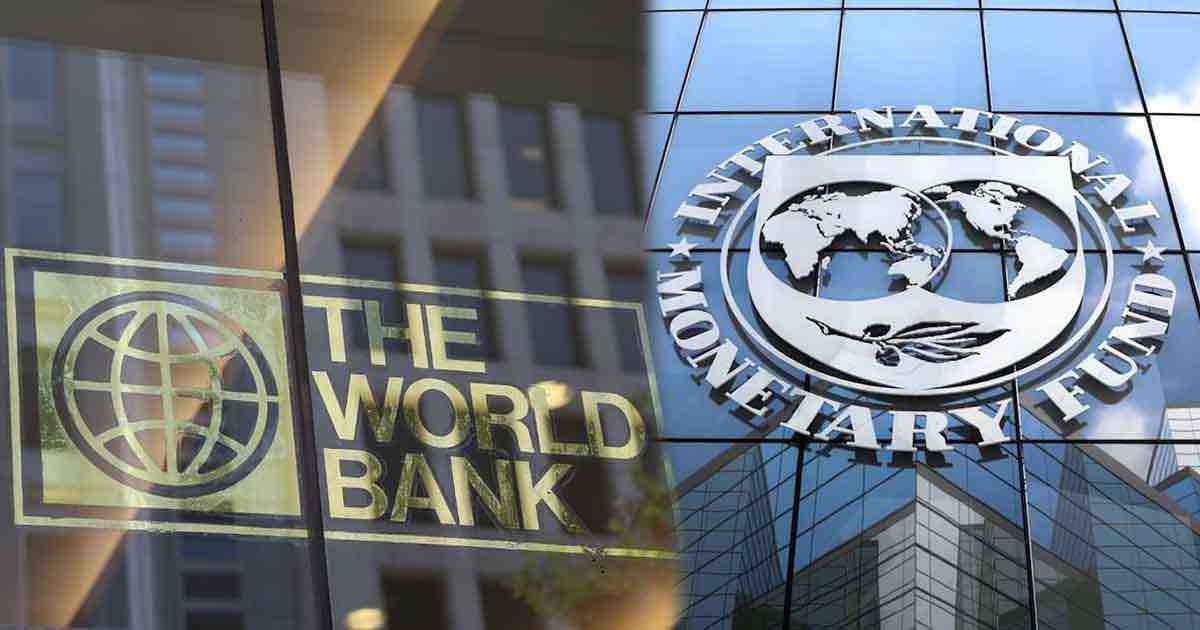RIO DE JANEIRO, BRAZIL – The International Monetary Fund (IMF) has released a document October 13 in which it reduces the estimates of worldwide and country debt.
According to the Fiscal Monitor data, the Brazilian gross public debt will not break the barrier of 100% of the Gross Domestic Product (GDP) in 2023, as predicted by the institution in April.
The 114-page study estimates that the Brazilian gross public debt will fall from 98.9% of GDP in 2020 to 90.6% in 2021 and 90.2% in 2022. The previous projections were 98.4% this year and 98.8% next year. By 2023, the fund now estimates that the Brazilian debt will be 91.7% of GDP.
The IMF uses a different methodology from that employed by the Brazilian government because it considers the Treasury bonds in the Central Bank’s portfolio. Therefore, the figure for 2020 is different than the 88.8% of GDP disclosed by the Central Bank.
According to the IMF document, the global priority plan should be to fight the pandemic. But the agency warns about the need for policies committed to fiscal austerity and criticizes subsidies, especially for fossil fuels, such as gasoline.
The study also highlights that developed countries, which have more explicit fiscal rules, recover more quickly than others. Despite the improvement in the IMF projections, Brazil’s gross public debt is well above the average of emerging countries, which is 64.3% of GDP this year.
This rate is ten percentage points higher than the 2019 average due to the increased spending measures adopted during the pandemic and should continue in the coming years until it reaches 69.8% in 2026.
Analysts point out that, besides being high, Brazil’s debt will become more expensive from now on, since the Central Bank will continue to increase interest rates to control inflation, which has returned to double-digit level, eroding the purchasing power of Brazilians.
Some market bets point to an introductory interest rate of 10% a year until April 2022. “This improvement (in debt) will only be a starting point, but the upward trend in debt will return in the coming months. Just look at the fact that interest payments have already risen almost 36% in August when compared to the same month last year,” warned Felipe Salto, executive director of the Independent Fiscal Institution (IFI) of the Federal Senate.
It is also worth remembering that the nominal GDP deflator used to calculate the debt rate is now higher due to higher inflation.


